Whether inspired by Chuck Norris movies, a means of self-defence for bullying, or a way to lose weight; the reasons for starting to train MMA couldn’t be more diverse. While there is no denial that the sport has been gaining popularity on a global scale, mixed martial arts is still facing challenges, especially in Europe where the sport remains illegal in a number of countries. With the Conor McGregor vs. Floyd Mayweather fight on its precipice, the sport has never been more in the spotlight than right now. Standing on such a pinnacle moment, one can wonder what are the obstacles MMA must overcome to be internationally legitimised.
The UK has been a leading market for the sport in Europe, with its own promotions such as Cage Warriors and BAMMA, who provide a high quality and professional platform for international athletes to display their skills. “In the UK, it started off in the late 80s on the mats with combat jiu jitsu tournaments and the like. It was like a slightly watered-down version of MMA. It started to gain a bit more traction in the 90s and it really exploded recently; especially in the last 5 years” explained James Price, founder of top amateur-only promotion, Battle Arena. However, in 2017 British MMA fighters still struggle to get the recognition and money to thrive and make a living out of the sport. One of the reasons lie in the lack of knowledge about this relatively young discipline. This absence of information attributes to the many misconceptions about MMA, hindering it from reaching mainstream status.
When speaking to fighters many of them expressed concern about the way the sport is perceived, several said that they are stereotyped to be uneducated and that many underestimate the amount of effort that goes into practicing MMA.
“The biggest challenge to overcome is the stigma attached to it; a lot of people see it as a hooligan sport.” Says Nathan Jones who will be competing for a world title at BAMMA 31, September 15. “Until we can shake that image off and legitimise it as a professional sport with blood tests and brain scans it will always be looked down upon.”
In addition to carrying the stigma of being a ‘meathead’ sport, the technical aspect and rigorous training required to perform at a top level are not widely appreciated. Just like any sport, MMA demands incredible discipline and commitment, with more physical engagement than most sports and a greater risk of injury.
“People don’t see all the work we fighters put into it”, says Bellator fighter Dan Vinni, “They think you just get into the cage and have a fight. They don’t see the hundreds of hours going over and over a technique, and the travelling we do to train and compete.”
Indeed, MMA athletes are prepared to make great sacrifices to pursue their dream of being a fighter. Some hopefuls go even as far as to forgo comfortable living accommodation, time with family and friends, and relationships. One fighter I spoke to, Mike Shipman said, “I even live in my van to keep costs down, I just make enough money with giving personal training sessions for food, petrol and my own training.”

17-year-old Norbert Novenyi Jnr who followed his father, Olympic wrestling champion Norbert Novenyi Snr’s footstep into martial arts is an emerging talent in the sport and expressed concern about the uncertain future for fighters, due the lack of adequate pay. “If the sport grew a bigger following, there would be more sponsors behind it which means more money would flow into the sport, allowing fighters to have a viable income.”

UFC veteran Brad Pickett confirmed this, as he had to put his family and personal life on hold for a long time, while travelling back and forth between the UK and the US for training and competition. It is unfortunate that these sacrifices go unnoticed and that the sport is often labelled as a “brainless blood sport” without recognizing the enormous effort and sacrifices from these sportsmen and women.
“For years there have been misconceptions about MMA because many use the term cage fighter. I really detest this expression, I count myself as an athlete.”, said Brad during our interview at Diesel Gym in East London. “I train like an Olympian and it’s an Olympic sport in my eyes. MMA is a mixture of disciplines, it’s like the decathlon of Martial Arts.”
Alfie Davis, who has competed in every major British promotion added, “A lot of people see it as a brawl and they don’t understand the skills and the components of the different martial arts. It is very hard to get to an elite level without understanding the strategy and the science behind the sport”.
MMA has been ranked amongst the toughest sports in the world; not only being physically tough, but also mentally. Fighters need to be well rounded, mastering several disciplines and learning to effectively combine them. MMA requires strength, speed, technique, strategy, assertiveness and endurance. However, many seem to misunderstand that practicing a tough sport doesn’t necessarily make someone a violent person. It is a very superficial prejudice that all the fighters I interviewed refuted. When speaking to Sam Spencer from Manchester Predator MMA, he told me, “In my experience fighters are the calmest and most chilled people you can meet. I have never fought in my life other than professionally. I am not an angry person and I think most fighters aren’t, I believe we can handle emotions pretty well.”
Many fighters in the UK still decide to study alongside fighting since making a career out of their passion is a long shot. I spoke to fighters who have university degrees in criminology, science, law, business, history, politics and sociology. Amir Albazi, who graduated in Sport Science, gave me an insight on what it is like to fight professionally while studying full-time. “The most important part is time management, and setting priorities. You have to work hard and actually believe in yourself.” He says, many doubted he would be able to achieve both; graduate and fight at a professional level. “I had to sacrifice a lot of stuff during my time at University. When everyone went partying I could only participate in these kinds of activities to a certain extent.”

When it comes to tackling down stereotypes, Arunas Andriuskevicius is a great example, he balances his time between his corporate job, freelance modelling engagements and MMA training. The UCMMA light heavyweight champion works as a lawyer in the City of London and gave me a rather interesting take on his job. “When people at work ask me how I got into fighting, I always say that they are both very similar, both are dispute resolution, in one you are just throwing fists rather than writing letters.”
Contrary to common belief, MMA fighters blend into society, some of them work regular jobs and are contributing citizens; you wouldn’t be able to identify them if it wasn’t for their cauliflower ears that give them away. Nathan Jones, who worked as a youth worker used MMA and boxing as a way of engaging with young people because “that’s what they perceive is cool”. MMA prospect Amir Albazi, confirmed that MMA taught him discipline, humbleness, and put him on the right path. “I used to be a trouble maker” he explained, “But through martial arts I learned to channel my energy and turn it into something positive and healthy.”
Alongside these misconceptions, the cage sport has also been under fire for being too violent and dangerous. Of course, there is a dangerous aspect, but no more so than boxing where repetitive blows to the head are a far greater cause for concern. Other sports such as rugby or car racing are widely popular and also involve risk, yet they have managed to establish themselves and earn international recognition. MMA is still in the early stages of its development, and since the sport has been around as we know it today, there have been a lot of regulations and restrictions put in place. Arunas had a view on this aspect, “It’s a pretty controlled environment, you have your corner and you can always throw in the towel and give up. You have doctors on the side, and you do a whole range of medical checks before you are allowed to step in the cage. But most importantly you are preparing for it months in advance.”
Since its inception, MMA has been perceived as a man’s sport, but with the UFC introducing female fights in 2013, the popularity has also risen amongst women. In the UK, female martial artists have started to catch up on the sport. ChristinaYates who is making her MMA debut September 23, at LFC, defies most of the prejudices surrounding women in the fighting sport. She is what most people would describe as girly, enjoys wearing makeup and dressing up, yet “when the gum shield goes in and the hair is tied back she turns into another person.” The opportunities for female fighters are not necessarily always there, but it is a phenomenon that should improve with a general increase of popularity of the sport.

Although many fighters agreed that MMA is becoming “socially more acceptable”, the lack of support from the British public is still an issue, resulting directly from prejudices the sport is slowly dismantling. The media has a direct role to play in this as well since it all comes down to what we see on TV and newspapers, and obviously Conor McGregor is a big part of it. Athletes like him, who have a global appeal are giving visibility to the sport resulting in an increase of support from bigger companies. Even in the UK, MMA is slowly making its way into British mainstream media, with newspapers adding an MMA category to their sport section and sport TV stations reporting about the UFC. And while the UFC has definitely had a positive impact on the sport by creating international visibility and leading the way into mainstream, the UK needs to acknowledge and support national talents in order to create an environment where MMA athletes can thrive.
Bellator fighter, Dan Vinni who last competed against Alex Lohore on Bellator 179, which was broadcast around the globe said, “I think the level here in the UK is better than in any other European country, but I think that we don’t have the support of the general public as much as other countries do. You see some guys like Vaso (Bakocevic, who Vinni competed against in 2016 at the European Beatdown) become a big deal in their countries. This guy is basically a celebrity in Montenegro, it is a tiny country but because he is successful they get behind him.”
This sentiment was echoed by Amir Albazi who moved from Sweden to the UK 4 years ago to train and study. He noticed a big change in the Swedish attitude towards the sport, which almost got banned in his country. “When Alexander Gustafsson got into the UFC and reached the elite as the first Swedish guy, MMA turned mainstream in Sweden. I believe a big part of it is the way MMA started to be promoted, as a sport for everyone, you can even see it on buses now.”
 While this young sport still needs to overcome small hurdles, the future looks bright for MMA. As Dan said: “We have a degree of government approval, it isn’t an outlawed sport, there aren’t many challenges that we can’t overcome.”
While this young sport still needs to overcome small hurdles, the future looks bright for MMA. As Dan said: “We have a degree of government approval, it isn’t an outlawed sport, there aren’t many challenges that we can’t overcome.”
Although MMA is still in the process of fully establishing itself in the UK, many fighters praise the quality of training and promotions compared to other European countries. The UK and Ireland are leading as an example for the rest of Europe as the biggest market for MMA.
“Surround yourself with the right people”, that’s the advice Brad Pickett is giving to young MMA fighters, “I had to travel to the US so many times to get training, now you have so many good places to train here in the UK.”
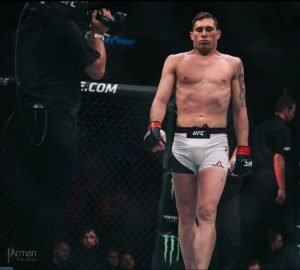 UFC fighter Darren Till decided to move to Brazil in 2012 after distractions in his home city, Liverpool, kept him from pursuing his dream as he explains. However, he adds it is not necessary anymore to leave the UK to train and make it in MMA: “If you believe in your training and your coaches and you train hard enough you will make it”.
UFC fighter Darren Till decided to move to Brazil in 2012 after distractions in his home city, Liverpool, kept him from pursuing his dream as he explains. However, he adds it is not necessary anymore to leave the UK to train and make it in MMA: “If you believe in your training and your coaches and you train hard enough you will make it”.
When asked about the biggest improvement in British MMA, the amateur scene was mentioned by many fighters as well as MMA promoters. “We started to produce good professionals which obviously means we are producing good amateurs so now the structure is there, where it wouldn’t have been there ten years ago.” Said James Price, owner of Battle Arena, which counts 1.000 to 2.000 spectators per event. “There’s a lot more going on in the UK” says James, “if you look at the average weekend there are at least two three shows going on.”
The UFC showed that the interest in MMA is there, and the growing crowd at MMA events in the UK proves that the sport is also catching up in the country, England just needs to be aware of its own MMA scene.
If we manage to shift the whole blood sport mentality and advertise it as the real sport that it is, there is no doubt that MMA will grow into a huge market in the UK especially after the pivotal moment in the sport’s history, Mayweather vs McGregor. Hopefully this will be the crossover moment, where MMA is accepted for the sport it is and McGregor leads the way for other MMA fighters to break into the mainstream and truly be appreciated on the world stage. Only time will tell.




 Subscribe
Subscribe
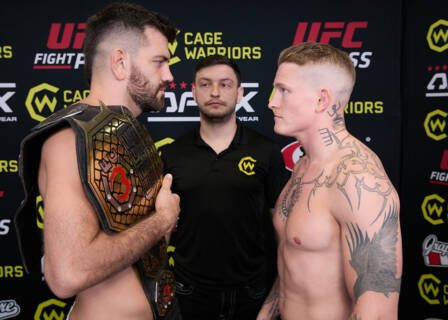


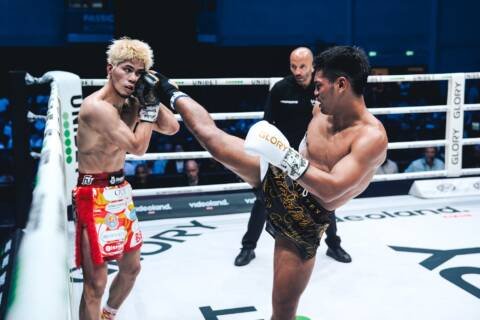
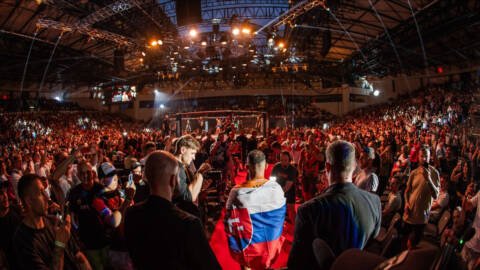
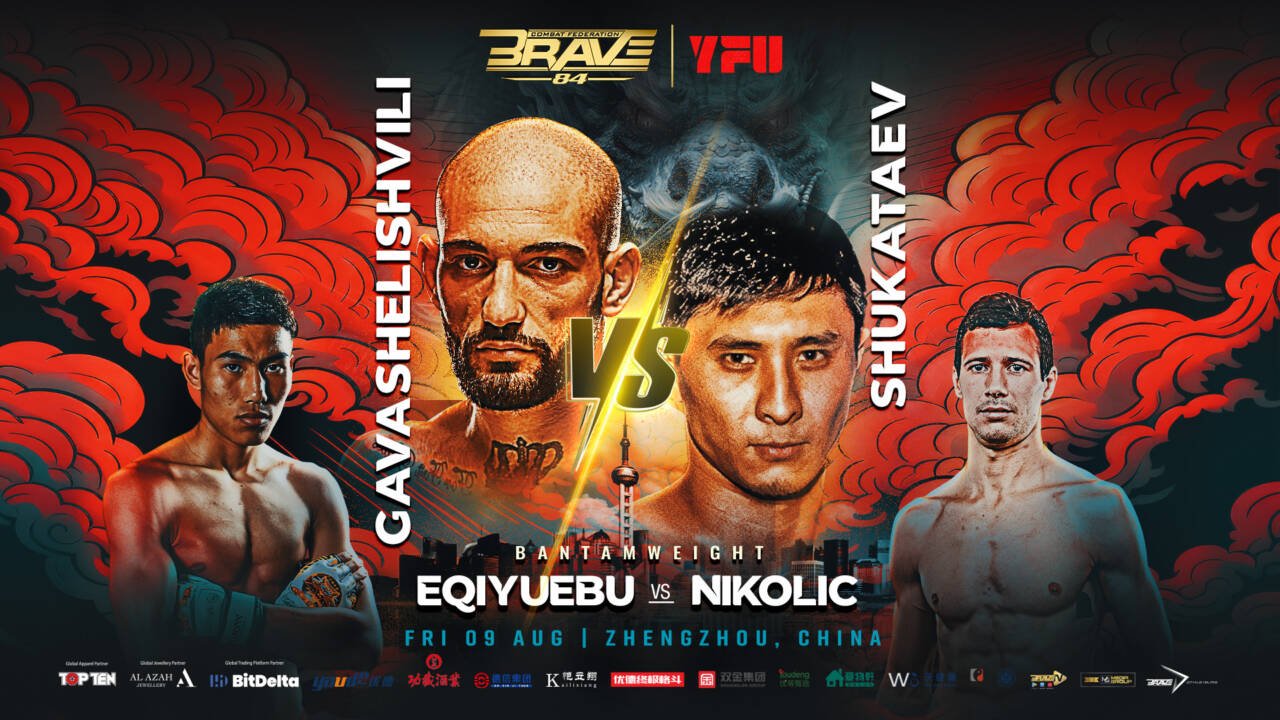
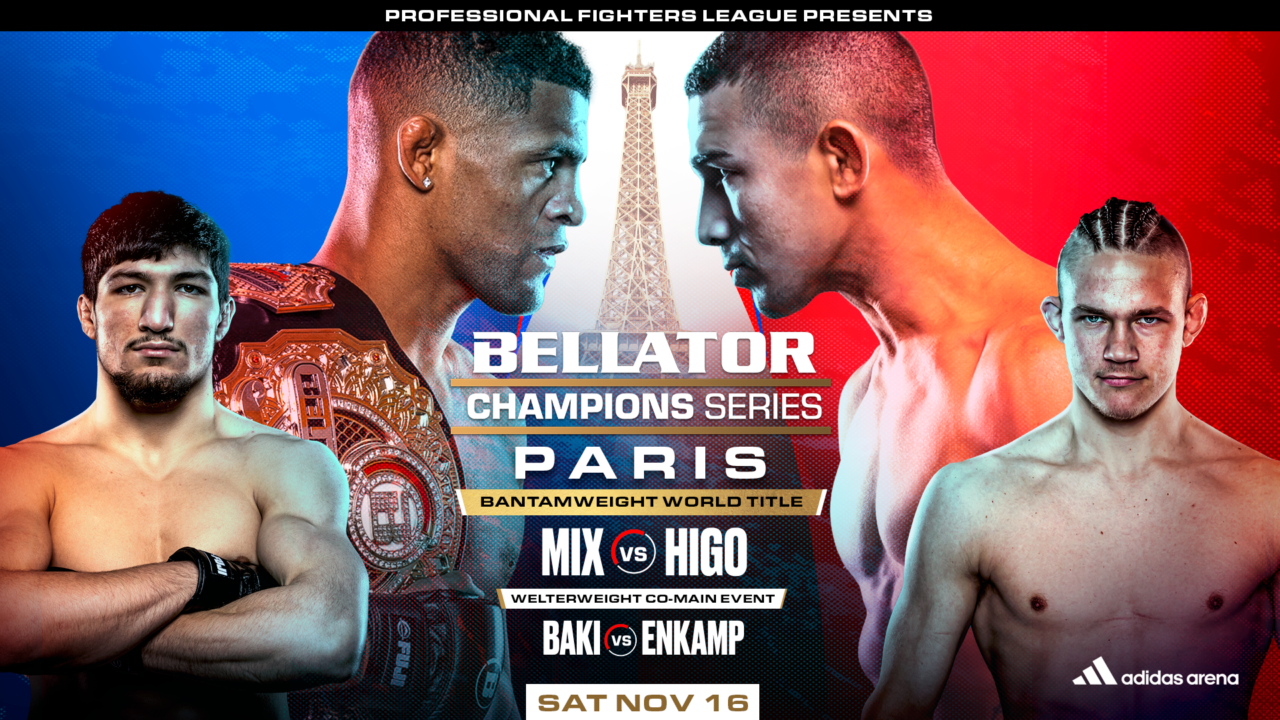
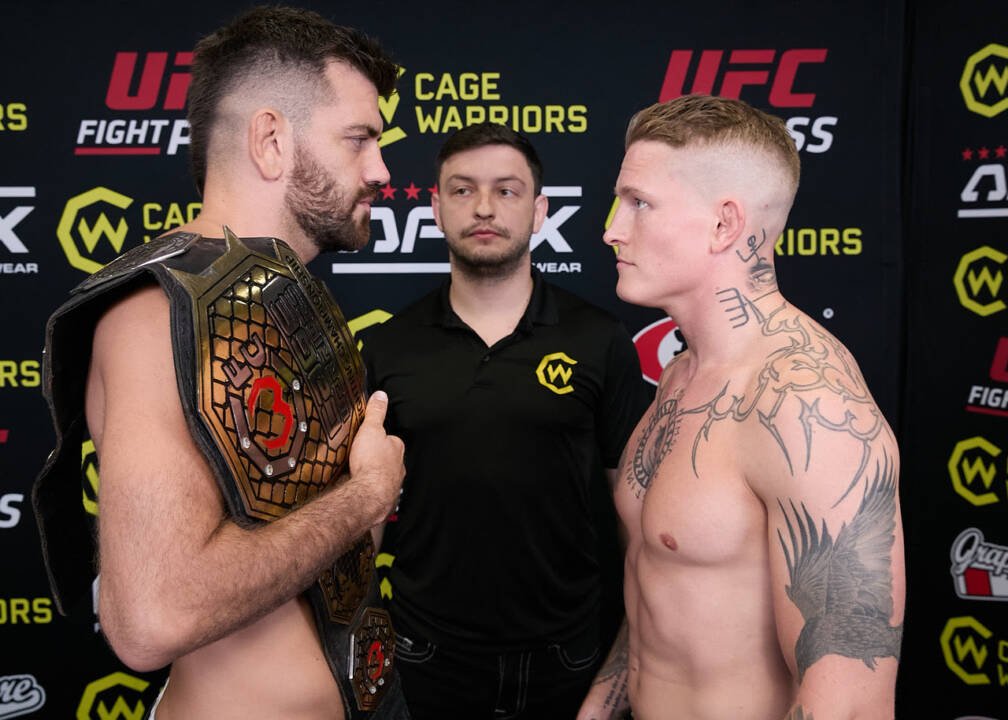
28 responses
Nice article Luisa Dominguez Morlano